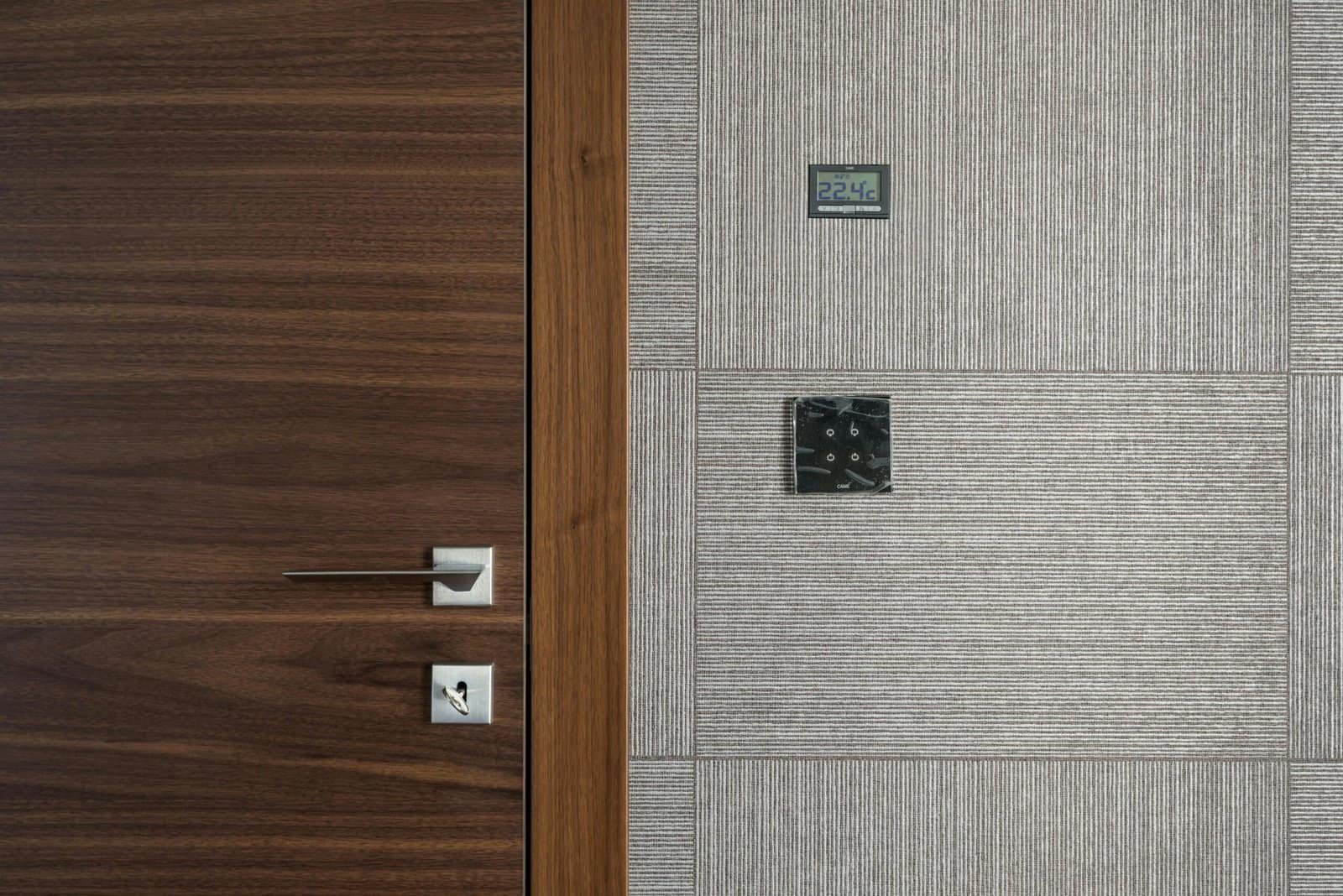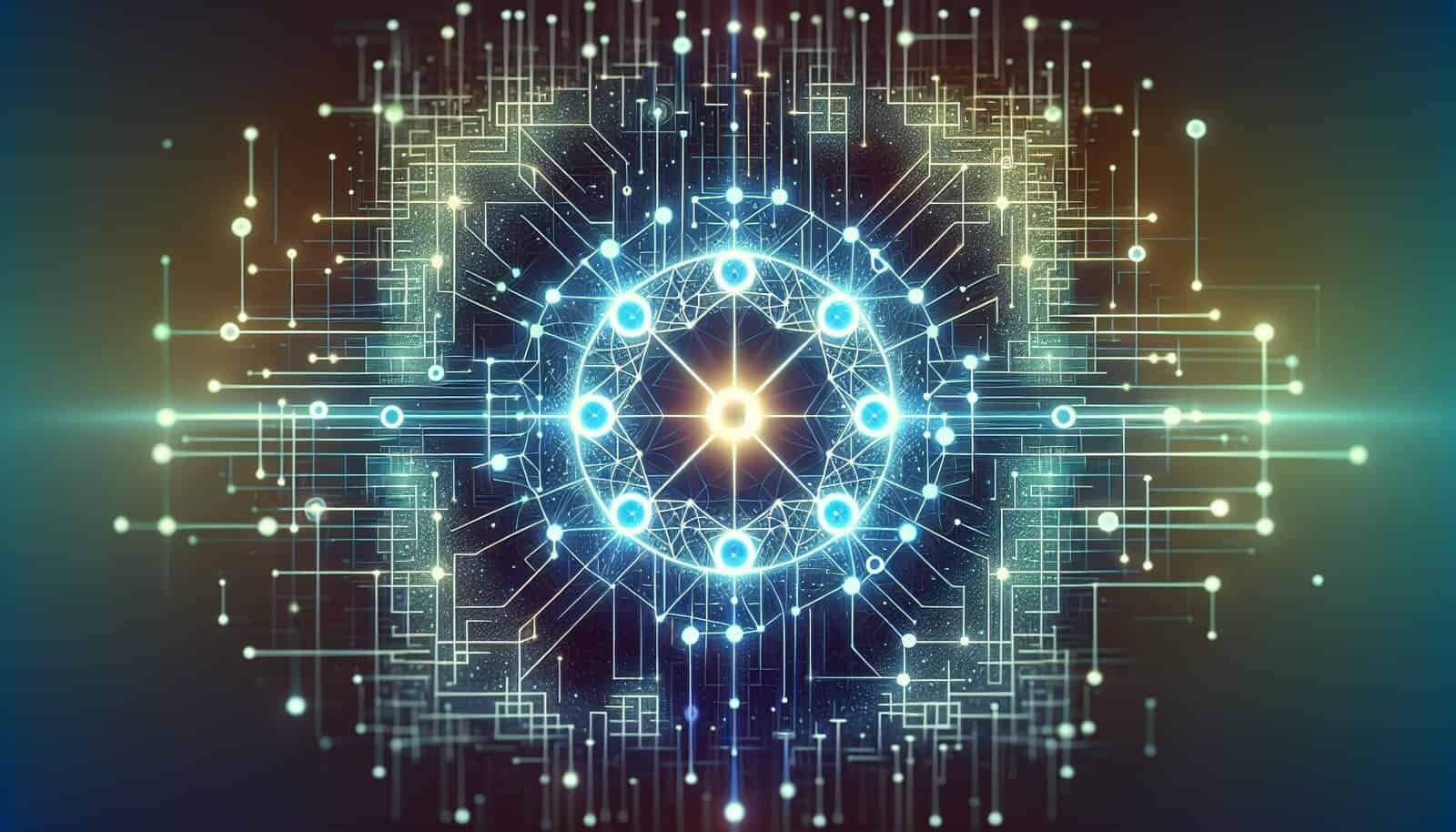Have you ever wondered how decentralized organizations make decisions without a central authority? It’s a curious thought, isn’t it? In the rapidly evolving world of blockchain technology, Decentralized Autonomous Organizations (DAOs) are born out of the need for an impartial, democratic decision-making process. Unlike traditional organizations, which rely on a hierarchical structure, DAOs aim to distribute power among their participants, offering a fresh, transparent way to manage collective projects.

Understanding DAO Governance
To understand the essence of DAO governance, it’s essential to first grasp what a DAO is. At its core, a DAO is an organization represented by rules encoded as a computer program that is transparent, controlled by organization members, and not influenced by a central government. Think of it as a new-age cooperative governed by code.
The Basics of DAO Governance
DAO governance primarily revolves around the idea of decentralization. The structure is set up to allow everyone involved to have a say, usually proportional to their contribution. Instead of having a single CEO or board making the calls, everyone with a stake gets a vote. This setup helps in reducing corruption and centralization risks because no single entity can exercise total control.
Voting Mechanisms in DAOs
Voting in DAOs can get quite fascinating. Generally, token holders vote on crucial aspects of the project’s future. These tokens often act as a unit of influence. The weight of a member’s vote is directly proportional to the number or type of tokens they hold. Governance tokens—unique to each DAO—grant you the power to propose changes, vote on proposals, or help make decisions on the path of the organization. Think about it: you hold tokens, you hold power.
Liquid Democracy
A unique aspect of some DAOs is the concept of liquid democracy. It’s an intriguing mix of direct and representative democracy. You have the option to vote yourself on any matter or delegate your voting power to someone else you trust. It’s like having the best of both worlds, retaining influence over your own decisions while having the flexibility of letting others vote on your behalf if you believe they can make better-informed decisions.
Proposal Systems and Decision Making
Much like a traditional board meeting but more inclusive and transparent, DAOs manage decision-making through a proposal system. Proposals are put forward by any member and can range from funding new projects to altering the organization’s rules. Once a proposal is created, it is subject to a voting period. If it receives a required threshold of yes votes, it’s approved and the smart contracts automatically execute the decision.
Challenges in DAO Governance
Of course, as you might expect, DAO governance isn’t without its hurdles. One major challenge is achieving consensus. With diverse participants having different incentives, interests can sometimes clash. Governance disputes or slow decision-making due to voter apathy can also pose significant hurdles. Yet, these challenges often spur innovation as communities collaboratively work to enhance governance mechanisms.
The Role of Token Burning in DAO Governance
Token burning sounds a bit intense, doesn’t it? But in the blockchain world, it’s a vital mechanism. Essentially, it involves removing tokens from circulation, reducing the total supply. This process can be instrumental in influencing DAO governance in various ways.
What is Token Burning?
In cryptocurrency, token burning refers to the process of sending tokens to an unusable address, effectively destroying them. This is akin to taking a dollar bill and shredding it. By decreasing the number of tokens in circulation, the scarcity of the remaining tokens typically increases, often driving up their value. Just imagine, the fewer tokens there are, the more precious each one becomes.
Strategic Benefits of Token Burning
Token burning can benefit DAOs in multiple ways. By regulating the supply, a DAO can control inflation rates and encourage long-term holding by making remaining tokens potentially more valuable. This can align incentives within the community, ensuring that participants have a vested interest in the organization’s success.
One of the strategic uses of token burning is the creation of deflationary pressure. By making tokens scarcer, DAOs can instigate a form of scarcity-driven appreciation which might benefit token holders who are in it for the long haul. Basically, it’s like reducing the seats on a treasure hunt; the fewer there are, the more exciting the competition.
Token Burning as a Governance Tool
Interestingly, token burning may also be used as a governance mechanism. Some DAOs burn tokens to eliminate malicious or poorly considered proposals. Think of it as a penalty fee that ensures only serious, well-thought-out proposals are put forth, discouraging spam or reckless decision-making.

Potential Downsides of Token Burning
While it might seem all beneficial, token burning isn’t free from drawbacks. Critics argue that it can disproportionately benefit early adopters and those with significant holdings, leading to imbalance. Furthermore, if not managed well, the deflationary pressure might become too high, leading to negative consequences for the token’s economy.
Navigating Through Risks
Mitigating these risks requires designing judicious token burning policies. DAOs can enforce minimum holding periods for tokens or cap burn rates to manage volatility and ensure fairness. Open communication within the community can also help in aligning interests and managing the expectations around who benefits from burning strategies.

Evolution in DAO Governance
Looking to the future, DAO governance is poised to evolve significantly. As technology advances and more DAOs demonstrate success stories, the broader adoption and refinement of governance models will likely follow. You might wonder, could DAOs even influence traditional corporate governance structures? The ripple effects could indeed shift the way we perceive decision-making in the business world.
Innovations on the Horizon
One of the most exciting aspects of DAO governance evolution is the continual rise of novel consensus mechanisms. From quadratic voting, which gives voters more influence over preferred options, to reputation-based systems that reward past contributions—new methodologies are continually introduced. These innovations could scale the governance model, making it more inclusive and adaptable.
Emphasizing Education and Participation
For DAOs to truly realize their potential, it becomes crucial to address educational disparities among participants. Every member should understand their role and the mechanisms at their disposal. Comprehensive onboarding and continuous education programs can bridge this gap, enhancing participation and ensuring robust decision-making.
The Role of Community in Governance
At its heart, DAO governance thrives on community engagement. The more engaged and informed the participants, the more effective the governance. Encouraging dialogues, discussions, and debates can not only foster innovation but also deepen trust and collaboration within the community. After all, it’s the members who shape the DAO’s path, guiding it toward collective visions.

Conclusion: Embracing the DAO Revolution
There’s no denying that DAOs present a paradigm shift in governance. They offer a new lens through which to view organizational decision-making—one that emphasizes transparency, collective efforts, and decentralization. Navigating this landscape means understanding both the power and challenges inherent in these structures. Armed with this knowledge, you might find yourself inspired to participate in or even launch your own DAO. As we embrace these changes, the question remains: how will you shape the future of governance?

